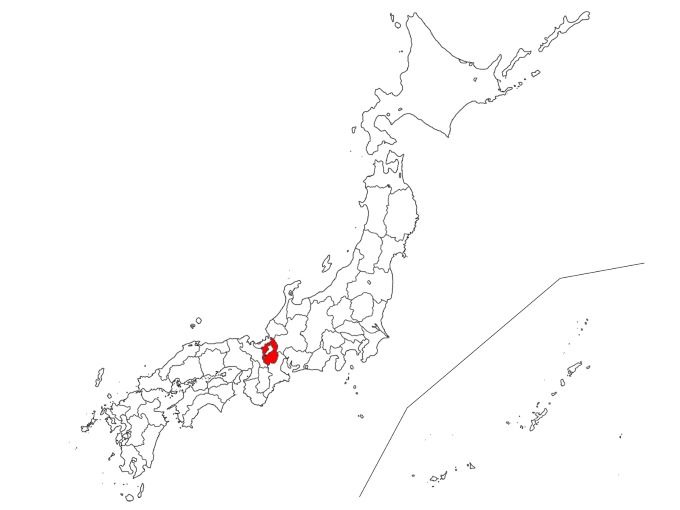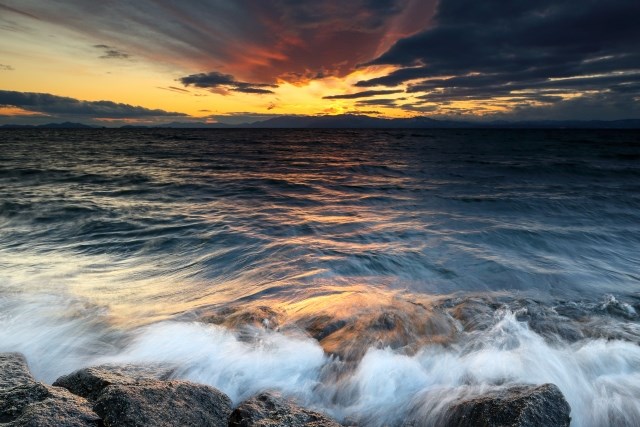Contents
1.Basic Information
Located in Shiga Prefecture, Lake Biwa is the largest freshwater lake in Japan, with an area of 670km² and a maximum depth of 104m. The lake stretches about 60km from north to south and about 20km from east to west, with a total lakeshore line of approximately 235km. Formed near Iga City in Mie Prefecture about 4 million years ago, this lake has moved and changed shape due to fault movements and sediment deposition, and has been in its current position for at least 400,000 years. Lake Biwa has a diverse ecosystem, with over 1,700 species of aquatic plants and animals, including more than 60 endemic species. Lake sports and tourism are popular, and the lakeside roads are suitable for cycling and walking.
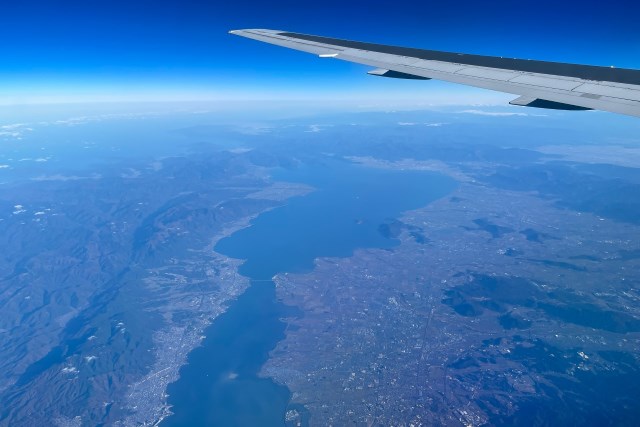
Chikubushima Island
Located in the northern part of Lake Biwa, Chikubushima Island has been considered a sacred island and a subject of worship since ancient times. The island features two important structures, Hougonji Temple and Tukubusumajinjya Shrine, both of which are designated as national treasures. At this shrine, there is a traditional custom of wish-making called “kawarake-nage”, where you write your wish on an earthenware piece and throw it at the torii gate. If the earthenware piece passes through the gate, it is believed that your wish will come true. Access to the island is available by cruise ships departing from Nagahama Port or Imazu Port.
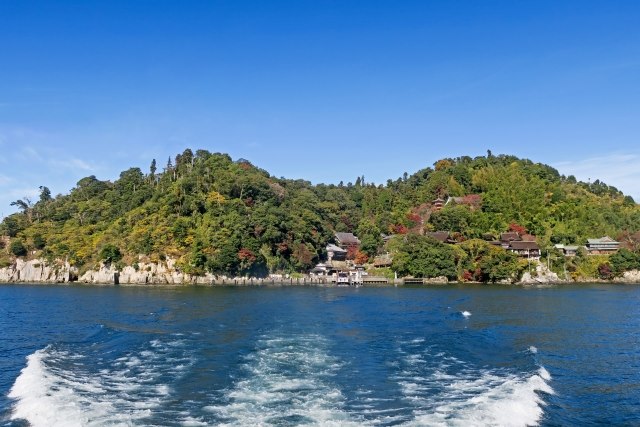
Okishima Island
Okishima Island is the largest island in Lake Biwa, located 1.5 km offshore with a circumference of about 6.8 km and an area of about 1.53k㎡. With about 250 inhabitants, it is a rare example of a populated lake island worldwide, attracting academic attention. Transport relies on boats, with regular services for school and work commutes. Traditional lifestyle and rich nature are well-preserved.
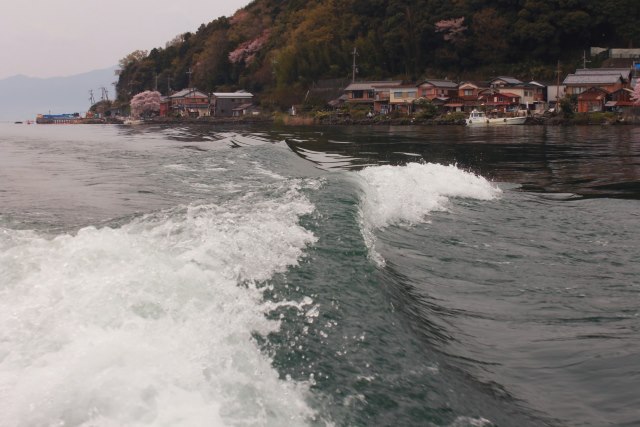
Shirahige Shrine
This shrine is notable for its large red torii gate standing on the surface of the lake. More than 2,000 years old, the shrine is widely cherished by people for granting various wishes such as longevity, matchmaking, luck, academic achievement, traffic safety, and maritime safety.
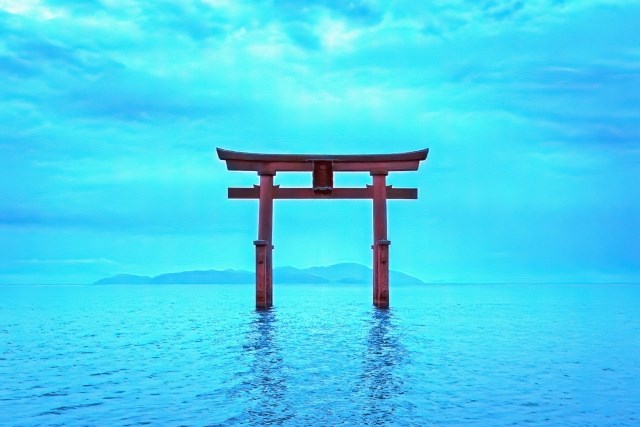
2.Reviews
The summer tradition “Lake Biwa Fireworks Festival” will be held on August 8, 2023, after a four-year hiatus. It was a popular event that previously attracted about 350,000 tourists. You can enjoy about 10,000 fireworks for 60 minutes from around Otsu Port and Nagisa Park on the lakeside of Lake Biwa.
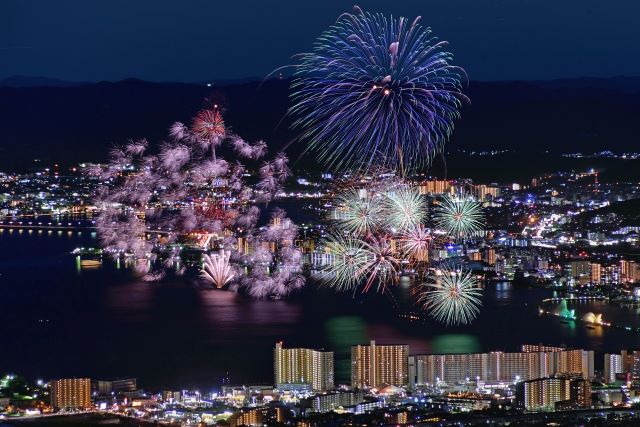
Previously, Okishima Island in Lake Biwa was known as Cat Island because of its many cats, but the number has significantly decreased in recent years. It seems that the island’s residents do not know why the number of cats temporarily increased and then suddenly decreased.
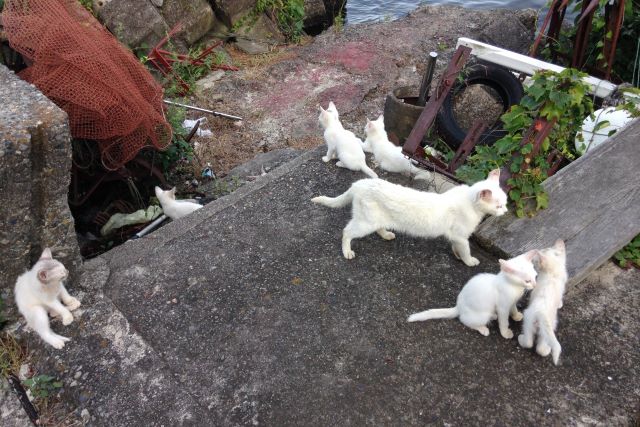
3.Local Food



4.Transportation Information
We recommend the course using Otsu Port for sightseeing in Lake Biwa.
It’s about a 15-minute walk from Otsu Station on the JR line to Otsu Port on Lake Biwa, and a 3-minute walk from Otsu Station on the Keihan line.
Lake Biwa Boat Official Website: (Available in English, Korean, Simplified Chinese, Traditional Chinese, Thai)
https://www.biwakokisen.co.jp/
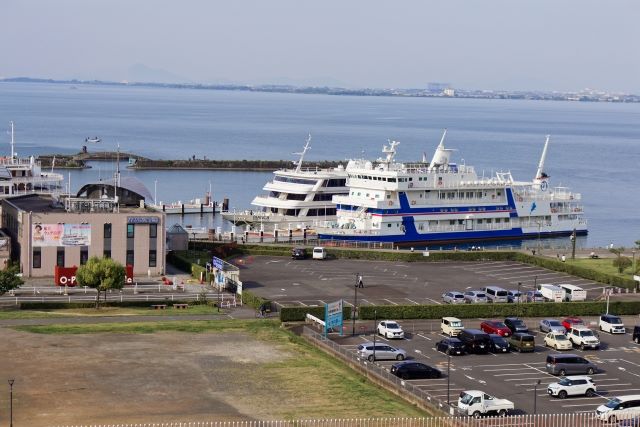
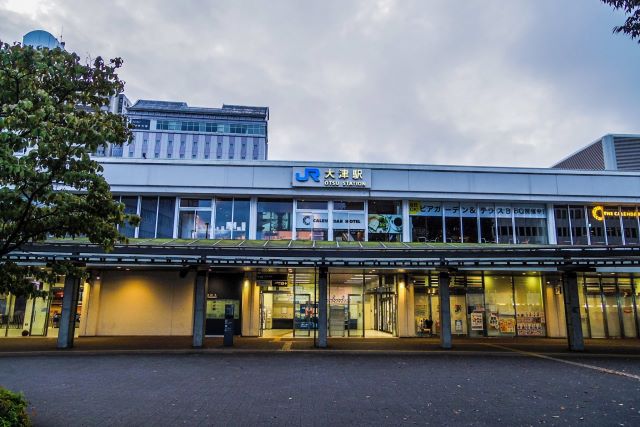
5.Map Information
Shiga Prefecture is located in the Kinki region of Japan, with the prefectural capital being Otsu City. Although it is the 10th smallest prefecture in Japan, more than half of its area is mountainous, and about one-sixth is occupied by Lake Biwa. This makes the summer heat and winter cold relatively mild. Due to its geographical location, Shiga Prefecture developed as a supply source and relay point for goods and personnel to Nara, Kyoto, and Osaka. Furthermore, with its rich nature and lower land prices compared to Kyoto and Osaka, there is high demand for housing as a commuting area, and the population is increasing. Along with this, commercial facilities and manufacturing bases are increasing by utilizing the convenience of transportation.
